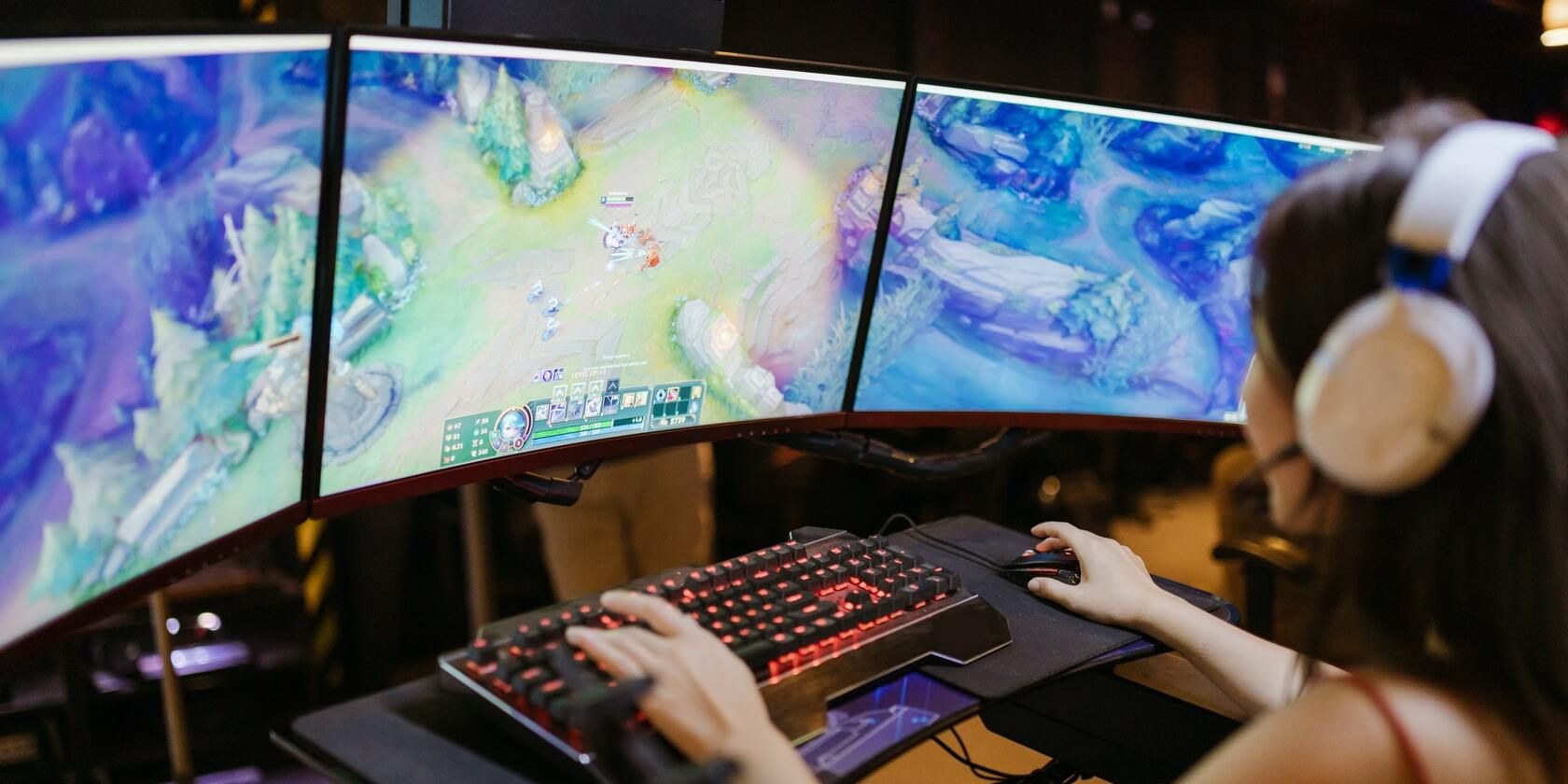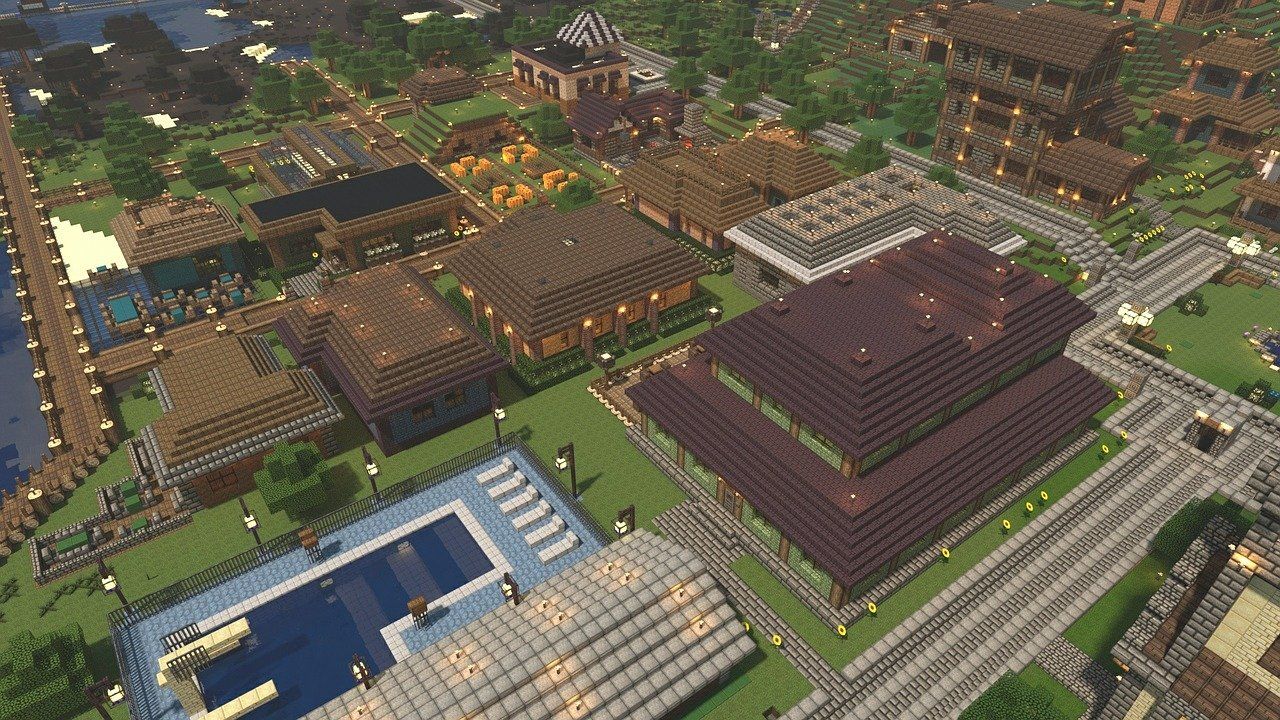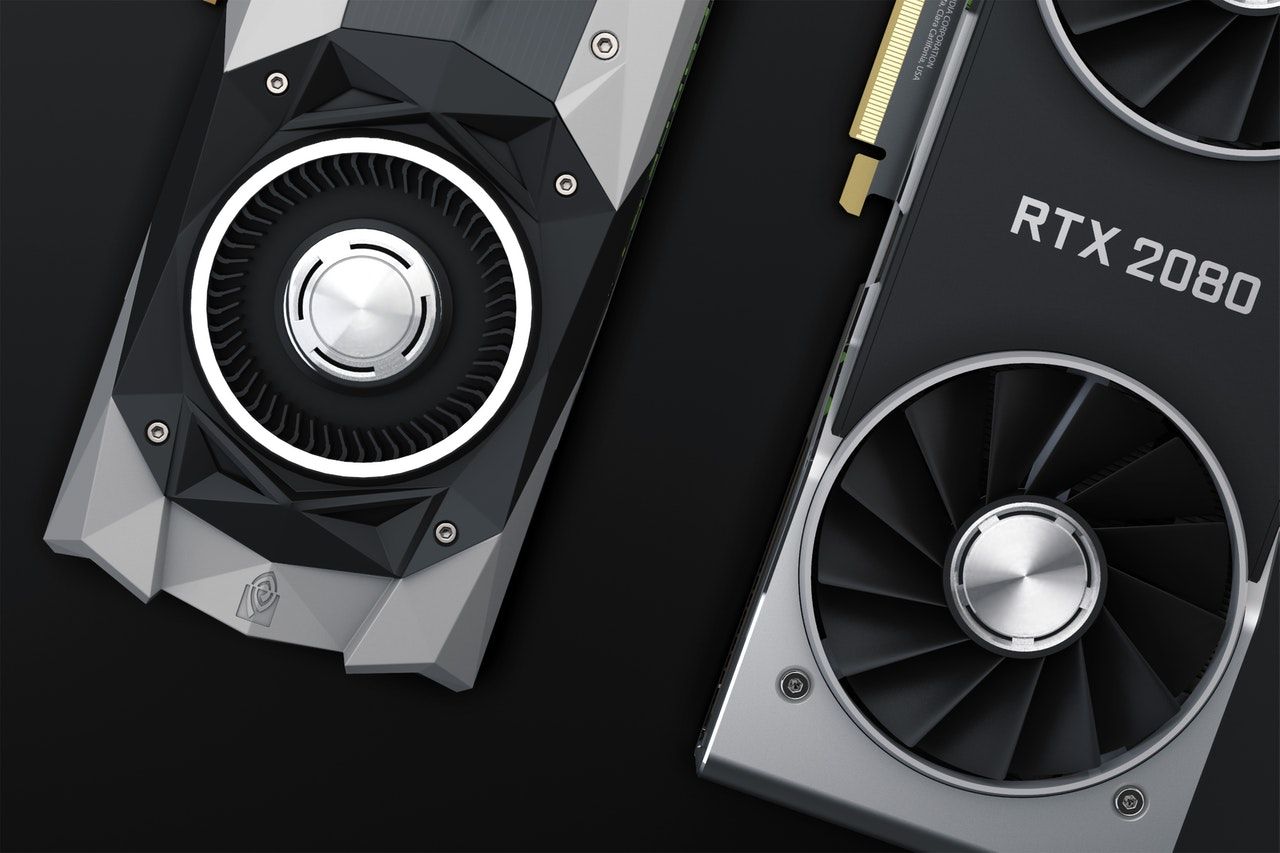If you're an avid gamer, you've likely heard the term "ray-tracing" somewhere on the internet or in advertisements. Since the launch of NVIDIA's first-generation RTX GPUs, the term has become increasingly common. However, AMD has also launched a lineup of GPUs that support ray-tracing.
But are AMD's GPUs at par or better than NVIDIA's RTX GPUs? Read on to find out.
What Is Ray Tracing?
Traditionally, video games are rendered using a process called rasterization. Without going into too much detail, in this process, video game scenes are rendered using polygons. Then, a shader adds effects such as colors and lighting to each pixel. Sometimes, this causes inaccurate lighting effects and makes players lose immersion.
Ray Tracing eliminates this issue.
Scenes rendered using ray tracing are more realistic as light, shadows, and reflections work how they would in real life. This is because Ray Tracing uses a virtual light source, and all objects in the scene interact with the light source, resulting in much higher graphical fidelity than rasterization.
While this is just a general overview of ray tracing, there is plenty more to learn about ray tracing and how it works.
NVIDIA vs. AMD: How Does Ray Tracing Work?
Both NVIDIA and AMD offer GPUs that support ray tracing, and how they work is also quite similar. However, there is one key difference.
NVIDIA has a dedicated set of hardware cores, called RT cores, that handle real-time ray tracing in video games. On the other hand, AMD GPUs handle ray tracing using hardware cores that also perform other functions at the same time. AMD refers to these cores as Ray Accelerators.
Additionally, NVIDIA also offers consumers some extra features such as Deep Learning Super Sampling (DLSS), to which AMD yet doesn't have a direct competitor. All in all, NVIDIA's implementation of ray tracing is a good mix of capable hardware, optimization, and a software suite that lets you take advantage of the GeForce RTX GPUs.
AMD hasn't had time to perfect their ray tracing compatible GPUs since they're still in their first generation. However, the brand does have quite a lot lined up for release, including an answer to DLSS.
NVIDIA vs. AMD: The GPUs That Support Ray Tracing
As mentioned earlier, NVIDIA is in its second generation of ray tracing enabled GPUs, whereas AMD Radeon 6000 series of GPUs are the brand's first attempt at implementing the same. Naturally, NVIDIA has a lot more offerings available across all budgets when it comes to RT-enabled graphics cards.
Here are all the NVIDIA GPUs that support hardware-level ray tracing:
|
NVIDIA GPUs With Ray Tracing Support |
|
|
NVIDIA RTX 20-Series |
NVIDIA RTX 30-Series |
|
NVIDIA GeForce RTX 2060 |
NVIDIA GeForce RTX 3060 |
|
NVIDIA GeForce RTX 2060 SUPER |
NVIDIA GeForce RTX 3060 Ti |
|
NVIDIA GeForce RTX 2070 |
NVIDIA GeForce RTX 3070 |
|
NVIDIA GeForce RTX 2070 SUPER |
NVIDIA GeForce RTX 3070 Ti |
|
NVIDIA GeForce RTX 2080 |
NVIDIA GeForce RTX 3080 |
|
NVIDIA GeForce RTX 2080 SUPER |
NVIDIA GeForce RTX 3080 Ti |
|
NVIDIA GeForce RTX 2080 Ti |
NVIDIA GeForce RTX 3090 |
While the above NVIDIA GPUs support hardware-level ray tracing, several older NVIDIA GPUs such as the GeForce GTX 1600 Ti support software-level ray tracing. However, the quality and extent of ray tracing are far inferior to those offered in the RTX 2000 and 3000 series of GPUs.
When compared to NVIDIA, AMD has very few GPUs that support ray tracing. AMD Radeon GPUs that support ray tracing include:
|
AMD GPUs With Ray Tracing Support |
|
AMD Radeon RX 6600 XT |
|
AMD Radeon RX 6700 XT |
|
AMD Radeon RX 6800 |
|
AMD Radeon RX 6800 XT |
|
AMD Radeon RX 6900 XT |
NVIDIA vs. AMD: Ray Tracing Performance
Both NVIDIA and AMD offer competitive ray tracing performance in all RT-enabled games. However, some games may be better optimized for either brand. Additionally, most, if not all, popular ray tracing enabled games implement only one aspect of ray tracing, such as reflections, global illumination, or otherwise.
Thus, it's a good idea to have reasonable expectations in terms of quality improvement, even while you're running these games on the best hardware that money can buy. While some GPUs can run games at 4K resolutions with ray tracing enabled, the frame rates are not ideal. So, if you're planning to buy an RT-enabled GPU, it's better to game at 1080p or 1440p resolutions for an ideal mix of performance and quality.
Regarding the overall performance and FPS in video games, NVIDIA's flagship cards, the GeForce RTX 3090, the GeForce RTX 3080 Ti, and the GeForce RTX 3080, emerge as clear leaders. The next best performing cards are the AMD Radeon RX 6900 XT and the RX 6800 XT.
The games used in the benchmarks are Bright Memory Infinite, Control, Cyberpunk 2077, Dirt 5, Fortnite, Godfall, Metro Exodus, Minecraft, Shadow of the Tomb Raider, and Watch Dogs Legion.
Ray Tracing Performance at 1080p
Most mid-range RT-supported GPUs can barely manage 60 FPS with maxed-out settings, and ray tracing enabled in popular video games. However, high-end GPUs, namely the RTX 3090, the RTX 3080, and the RX 6900XT, manage an average FPS of more than 60.
Things look even bleaker for AMD when talking about games that support DLSS. All AMD GPUs trail behind in this scenario. In fact, the RX 6900 XT even falls behind the NVIDIA RTX 2080 Ti, highlighting the importance of DLSS in NVIDIA's ray tracing implementation.
AMD GPUs Support Ray Tracing, But Fall Behind NVIDIA
All in all, while AMD has a lineup of GPUs that support ray tracing, they lag behind NVIDIA in implementation and performance. However, AMD will likely catch up to NVIDIA soon when its second generation of ray tracing enabled GPUs launches.
AMD could go NVIDIA's route and have dedicated RT cores that handle ray tracing. But what the brand needs to work most on is its software suite and offer a killer ray tracing feature that can stand shoulder to shoulder with NVIDIA DLSS.



